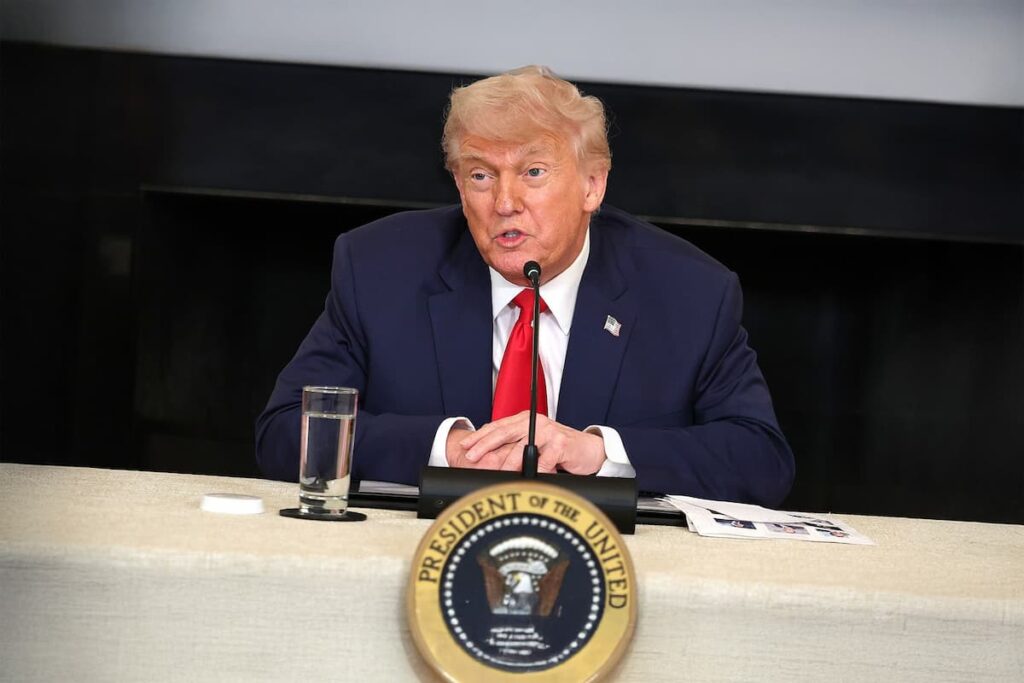A Show of Force With Unclear Results
President Donald Trump’s recent strikes on Iranian nuclear facilities marked one of the most aggressive military actions of his presidency and a turning point in the long-standing conflict between the United States and Iran. In a high-stakes operation, the U.S. launched targeted attacks on three key Iranian nuclear sites using advanced B-2 stealth bombers and bunker-busting bombs. The operation was framed as a decisive blow aimed at halting Iran’s nuclear ambitions and sending a powerful message across the region.
However, despite bold declarations of success from the White House, questions remain about the true effectiveness of the mission. While some damage has been confirmed, particularly at the underground Fordow site, early assessments suggest that one of the targets — the Isfahan facility — suffered only limited surface-level destruction. Intelligence reports also indicate that Iran may have moved or concealed enriched uranium prior to the attacks, raising concerns that the operation might not have significantly weakened Tehran’s nuclear capabilities.
Mixed Signals and Escalating Rhetoric
In the aftermath of the strikes, the message from Washington has been anything but consistent. Vice President JD Vance attempted to reassure the public by stating that the U.S. is not seeking war with Iran or the overthrow of its leadership. Yet, President Trump took to social media to question why regime change shouldn’t be a goal — a comment that sparked alarm both domestically and abroad.
This ambiguity in leadership has added to the geopolitical uncertainty already heightened by the military action. Iran’s response remains pending, but officials in Tehran have signaled that retaliation is coming. The region is bracing for possible consequences, including attacks on U.S. military bases, disruption of global oil supplies via the Strait of Hormuz, or even cyber or terrorist activity targeting American interests.
At the same time, political tension is building within the U.S. Critics argue that the president bypassed Congressional authority and failed to present solid intelligence justifying the strikes. Despite praise from some Republican leaders, others in the conservative movement are warning that this could draw the country into another prolonged conflict — the kind Trump once promised to avoid.
Strategic Gains or Long-Term Risks?
From a strategic standpoint, the strikes may temporarily delay Iran’s nuclear progress, but they could also motivate Tehran to accelerate its program. Military analysts warn that if the regime believes it is under existential threat, it may double down on developing a nuclear weapon as a deterrent against future attacks. This “sprint” toward weaponization could result in greater global instability and make future diplomatic resolutions even harder to achieve.
Moreover, internal dynamics in Iran are fragile. The country is undergoing political transition, and external pressure could fuel further repression or destabilization. Any collapse of state authority in a nation of Iran’s size and complexity could have ripple effects across the Middle East — potentially triggering regional conflicts, refugee crises, or increased influence from other global powers like China and Russia.
Meanwhile, Israel has emerged as a key beneficiary of the strikes. With Iranian proxies weakened in Gaza and Lebanon, and the country’s nuclear infrastructure partially crippled, Israel’s strategic position has been reinforced. Still, regional balance is far from stable, and Tehran’s next moves will likely define the trajectory of this confrontation.
The Road Ahead
As the world waits for Iran’s official response, intelligence and military agencies are conducting detailed assessments of the actual damage done. Initial satellite imagery shows significant destruction at Fordow but limited impact at other locations. The extent of Iran’s remaining nuclear material — especially its 60% enriched uranium stored in tunnels — remains a critical unknown. If large stockpiles survived, the threat to global security may persist or even intensify.
For now, the situation remains fluid. With every passing day, the risk of escalation grows. Trump’s decision to launch the strikes may shape his legacy, but whether it marks a path to peace or a doorway to another drawn-out conflict remains to be seen.
The next move belongs to Iran — and the world is watching.



